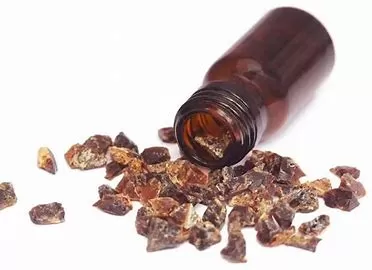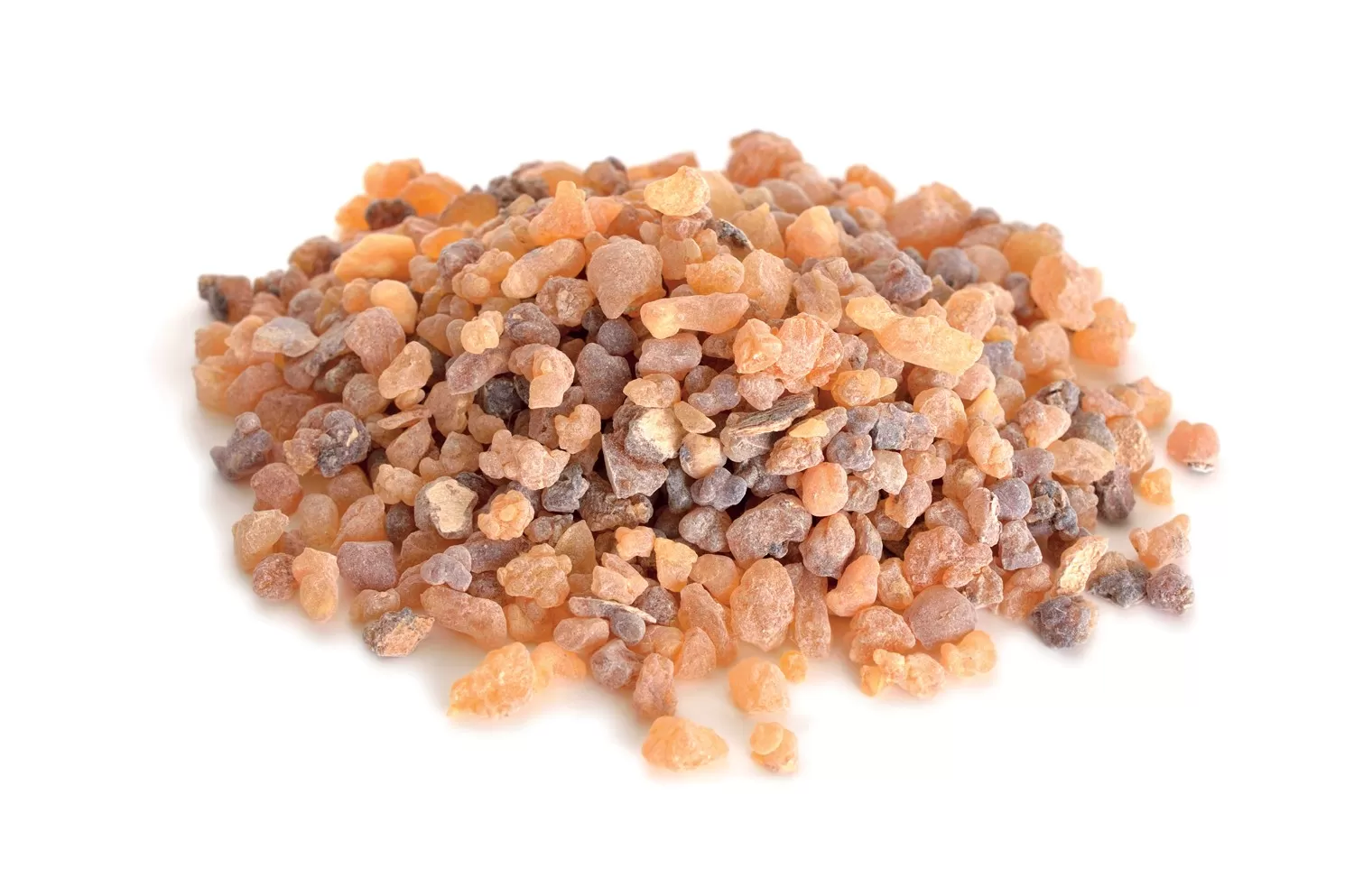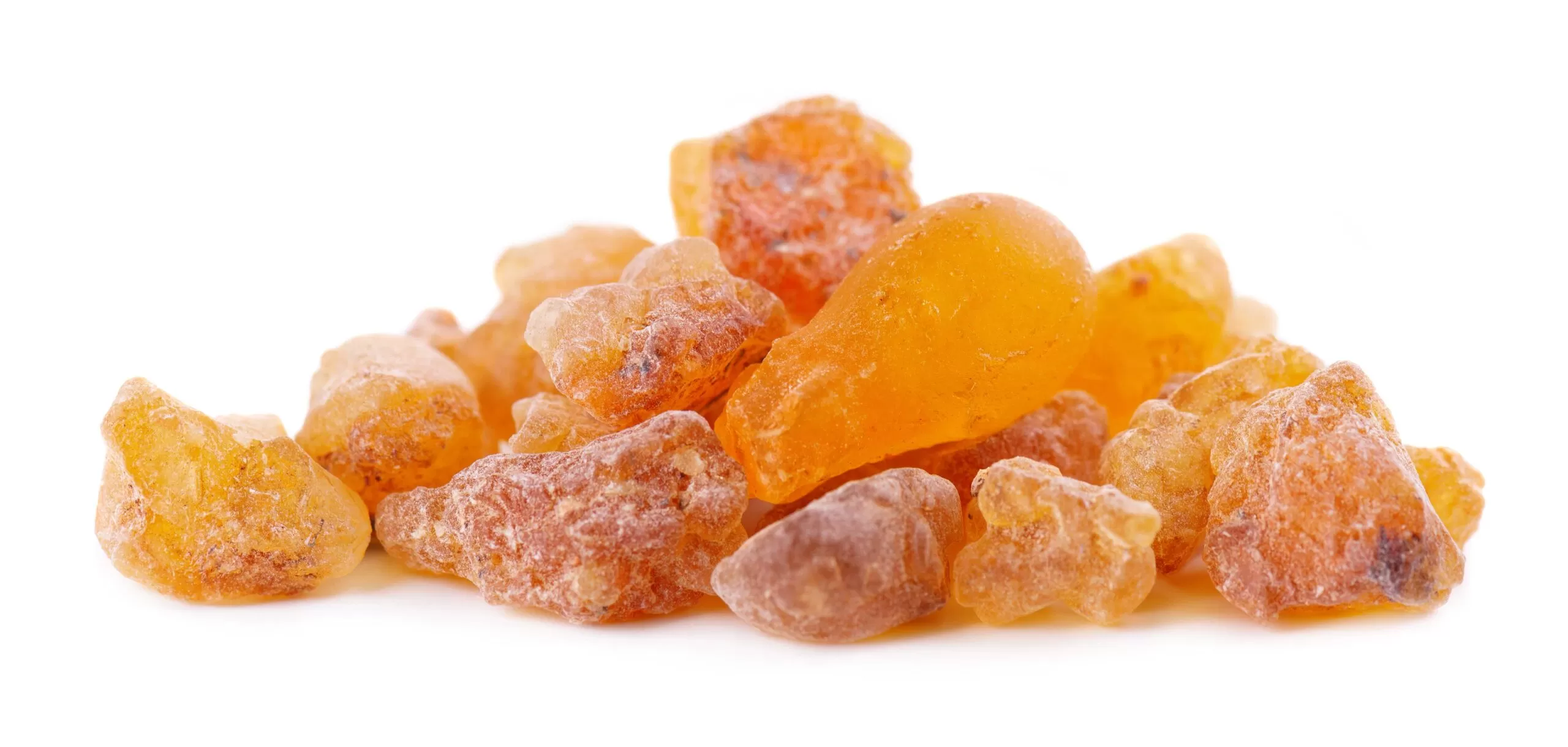- 0086-571-85302990
- sales@greenskybio.com
Boswellia vs. Glucosamine: Evaluating Which Is Better for Joint Health
2025-03-24
Joint health supplements are a mainstay in managing discomfort, inflammation, and mobility issues associated with conditions like arthritis, osteoarthritis, and aging-related joint deterioration. Among the most popular options are Boswellia—an herbal remedy derived from the resin of the Boswellia serrata tree—and glucosamine, a compound naturally produced by the body and commonly included in joint health supplements. While both have their merits, the question often arises: Is Boswellia better than glucosamine? This article takes an in-depth look at each supplement, highlighting their benefits, mechanisms, and differences to help readers determine which might be more suitable for their needs.
Understanding Boswellia
Boswellia, also known as Indian frankincense, has been used in traditional Ayurvedic medicine for centuries to manage inflammation, pain, and joint stiffness. The active compounds in Boswellia—particularly boswellic acids—contribute to its anti-inflammatory properties. These acids inhibit the production of pro-inflammatory enzymes, such as 5-lipoxygenase (5-LOX), which are closely associated with inflammation and pain. By targeting inflammatory pathways, Boswellia may help alleviate joint discomfort and improve mobility.
Benefits of Boswellia for Joint Health
Anti-inflammatory Properties: Boswellia is a potent anti-inflammatory agent that helps reduce swelling and pain in joints affected by conditions like arthritis or osteoarthritis.
Pain Relief: Studies have indicated that Boswellia can provide significant pain relief in individuals with osteoarthritis, reducing reliance on pain medications.
Improved Mobility: Boswellia may enhance joint function and flexibility by reducing inflammation and markers of cartilage degradation.
Gut-Friendly Alternative: Unlike nonsteroidal anti-inflammatory drugs (NSAIDs), Boswellia does not harm the stomach lining, making it a safer option for long-term use.
Understanding Glucosamine
Glucosamine is a naturally occurring compound in the body, primarily found in cartilage. It plays a crucial role in the synthesis and maintenance of joint structures, including cartilage, ligaments, and tendons. Supplements typically contain glucosamine extracted from shellfish or created synthetically, and are commonly paired with chondroitin—a component that supports cartilage strength and elasticity—for enhanced effectiveness.
Benefits of Glucosamine for Joint Health
Cartilage Repair and Maintenance: Glucosamine helps repair damaged cartilage and may slow cartilage degradation in conditions like osteoarthritis.
Reduced Joint Pain: Glucosamine has been shown to alleviate mild to moderate joint pain, especially in individuals with early-stage arthritis.
Improved Joint Function: Taking glucosamine may enhance joint mobility and reduce stiffness over time.
Preventative Care: Glucosamine may be useful for individuals looking to slow joint wear and tear, particularly athletes and older adults.
How Boswellia and Glucosamine Differ
Boswellia and glucosamine differ significantly in terms of their mechanism of action and therapeutic benefits:
Mechanism of Action
Boswellia works primarily by reducing inflammation through its impact on pro-inflammatory enzymes. Its focus is on relieving pain, swelling, and stiffness caused by inflammatory conditions like arthritis.
Glucosamine, on the other hand, focuses on cartilage repair and strengthening. It addresses the structural components of joints rather than directly targeting inflammation. This makes glucosamine better suited for individuals with cartilage-related damage or degradation.
Speed of Effectiveness
Boswellia tends to offer faster relief, as its anti-inflammatory compounds provide pain relief and improve mobility relatively quickly.
Glucosamine often requires a longer period of regular use to produce noticeable effects. Its benefits tend to accumulate over several weeks or months of supplementation.
Target Audience
Boswellia is ideal for individuals with inflammatory joint conditions, such as rheumatoid arthritis, where reducing inflammation is a primary concern.
Glucosamine is best suited for people experiencing joint wear and tear or degenerative cartilage conditions, such as osteoarthritis.
Natural vs. Structural Support
Boswellia addresses the body’s inflammatory response and pain management, making it a natural solution akin to herbal remedies.
Glucosamine provides structural support by improving the resilience and maintenance of cartilage.
Which Is Better: Boswellia or Glucosamine?
Determining which option is better ultimately depends on the individual’s specific joint health needs. Here are some scenarios to guide decision-making:
If Inflammation and Pain Are Primary Concerns: Boswellia is likely the better choice since it directly targets and reduces inflammation. It may provide faster relief for individuals suffering from swelling, stiffness, and joint pain caused by inflammatory conditions.
If Cartilage Repair and Long-Term Joint Health Are a Priority: Glucosamine is more effective for addressing cartilage-related issues and slowing joint degradation. Individuals seeking preventative care or recovering from mild cartilage damage may benefit more from glucosamine.
For Holistic and Balanced Support: Combining Boswellia and glucosamine may offer synergistic benefits, as Boswellia tackles inflammation while glucosamine supports cartilage health. Many joint health supplements provide this combination to optimize results.
Potential Side Effects and Safety
Both Boswellia and glucosamine are considered safe for most individuals when taken within recommended dosages. However, there are considerations to keep in mind:
Boswellia: Boswellia is generally well-tolerated, but some individuals may experience mild gastrointestinal discomfort. It is also essential to ensure the Boswellia supplement is high-quality and properly standardized for boswellic acids.
Glucosamine: Glucosamine is typically well-tolerated as well, but individuals with shellfish allergies should avoid glucosamine derived from shellfish and opt for vegetarian alternatives. Rarely, glucosamine may cause mild nausea, heartburn, or diarrhea.
Conclusion
Boswellia and glucosamine each offer distinct benefits for joint health, making them suitable for different purposes. Boswellia is better for managing inflammation and pain, particularly in arthritis sufferers looking for immediate relief, while glucosamine excels at supporting cartilage repair and long-term joint health.
Ultimately, the choice between Boswellia and glucosamine depends on individual needs, health goals, and the underlying cause of joint discomfort. Consulting a healthcare professional can help determine the most appropriate supplement and explore whether combining the two may enhance overall joint care. By understanding their differences and benefits, individuals can make informed decisions to support their joint health effectively.













